Kalikapurane Murtivinirdesah
₹395.00
In stock
Kalikapurane Murtivinirdesah
The Kalikapurane Murtivinirdesah is the ninth volume in the series of the kalamulasastra project. It is a collection of around 550 lines from the Kalika Purana. These verses include a bodily description of a variety of gods, goddesses, and demi-gods, as well as other beings. Some of them are just abstract ideas, while others are embodied as sculptures made of stone and metal.
The Kalika Purana is a significant upa-purana that has been cited as an authoritative source by the smrti digest authors (nibandhakaras) from almost every region of India. The Kalika Purana is a text that was created in ancient Assam (Kamarupa) in the late ninth or early tenth century A.D. Its purpose was to exalt the mother goddess Kamakhya and to offer a ceremonial system for worshipping her. The Kalika Purana focuses mostly on describing the many incarnations of the goddess, along with providing specifics of their iconography, as well as their horses and weapons. Additionally, it discusses the representations of other gods and goddesses that were housed in Kamarupa. In order to provide a comprehensive picture, all of the verses that deal with the gods and are spread out among the many chapters of the Kalika Purana have been collated according to the gods. The Sanskrit verses are presented with an accurate translation of those verses into English.
Author
Dr. Biswanarayan Shastri
Too Good to Resist Sale is Live BUY AND SAVE NOW
Kalikapurane Murtivinirdesah
The Kalikapurane Murtivinirdesah is the ninth volume in the series of the kalamulasastra project. It is a collection of around 550 lines from the Kalika Purana. These verses include a bodily description of a variety of gods, goddesses, and demi-gods, as well as other beings. Some of them are just abstract ideas, while others are embodied as sculptures made of stone and metal.
The Kalika Purana is a significant upa-purana that has been cited as an authoritative source by the smrti digest authors (nibandhakaras) from almost every region of India. The Kalika Purana is a text that was created in ancient Assam (Kamarupa) in the late ninth or early tenth century A.D. Its purpose was to exalt the mother goddess Kamakhya and to offer a ceremonial system for worshipping her. The Kalika Purana focuses mostly on describing the many incarnations of the goddess, along with providing specifics of their iconography, as well as their horses and weapons. Additionally, it discusses the representations of other gods and goddesses that were housed in Kamarupa. In order to provide a comprehensive picture, all of the verses that deal with the gods and are spread out among the many chapters of the Kalika Purana have been collated according to the gods. The Sanskrit verses are presented with an accurate translation of those verses into English.
Author
Dr. Biswanarayan Shastri
About the Author(s)
Dr. Biswanarayan Shastri, an indologist of international renown, obtained the titles of ‘Sastri’ and ‘Tirtha’ in a variety of subfields of Sanskrit learning by following the conventional course of study for the Sanskrit language, the Sanskrit literature, and the various schools of Indian philosophy, including the Buddhist school. He was awarded the degree of Doctor of Letters for his work, which was titled “The notion of Development of Samavaya in Nyaya Vaisesika.” His studies in Ancient Indian History and Culture, together with Epigraphy and Iconography, have broadened his perspectives, allowing him to better comprehend the majesty and spirit of India. As a result, he integrates within himself both the established norm and the most up-to-date studies.
Tantra is a field in which he is one of the few people who have been working. He edited and published Yoginitantra, Kamakhyatantra and Kalika Purana. Name and reputation were bestowed upon him as a result of his translations into Assamese of the Sahityadarpana with notes and of Kathasaritsagara with analysis of themes, as well as the hundreds of research articles he authored.
Additional information
| Weight | 0.5 kg |
|---|---|
| Dimensions | 10 × 11 × 12 cm |
| Book Author | Biswanarayan Shastri |
You must be logged in to post a review.

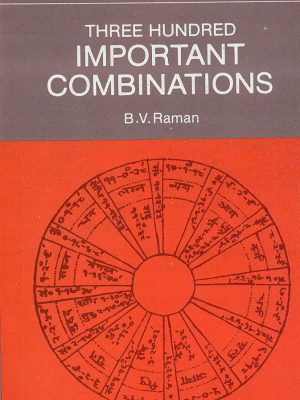
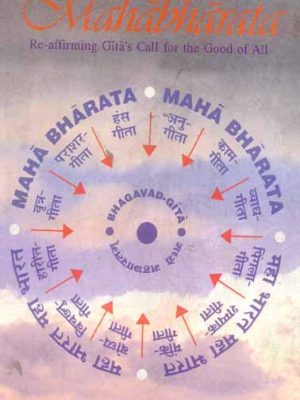
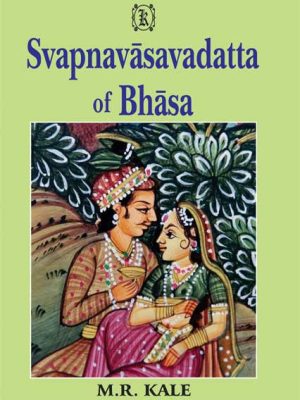

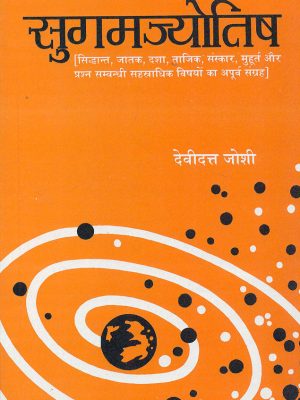
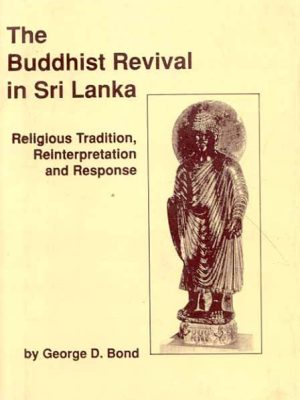


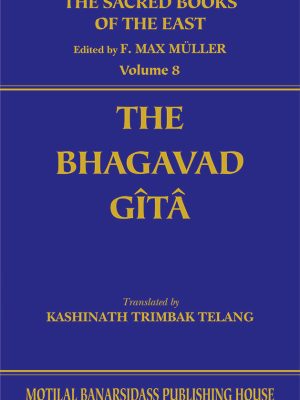
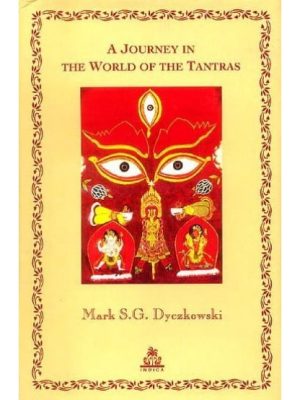
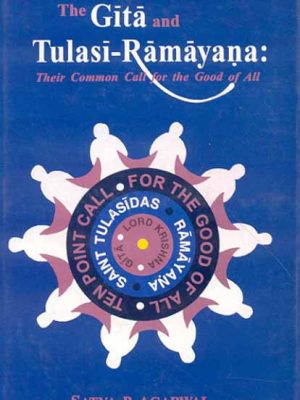
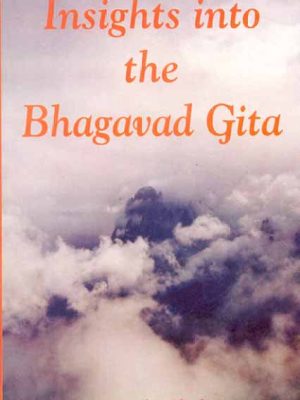
Reviews
There are no reviews yet.